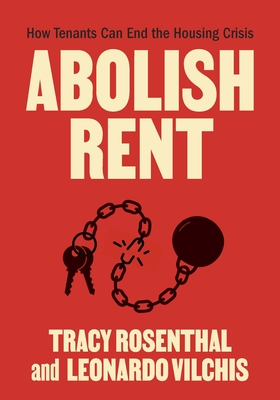Postwar economic recovery centered around public investment in homeownership and the mass consumption it inspired. The 1944 GI Bill’s zero-down home loans, which privileged new construction, lured homeowners into freshly speculated suburbs. Developers flipped rural land into single-family houses, which families filled with a record number of fridges and washing machines, and traveled to and from in a record number of cars.
As historian Dolores Hayden insists, the built environment of the suburbs kicked off an unending cycle of private consumption and cemented a patriarchal division of labor: women were isolated to cooking, cleaning, and care and made dependent on a husband’s wage. Subject to local vetoes and requiring the support of private mortgages, the GI Bill actively subsidized white flight.
Real estate professionals capitalized on racist fears that linked the presence of people of color to declining property values through a tactic called “blockbusting.” As one agent boastfully described it, “I specialize in locating blocks which I consider ripe for racial change… I make my money—and quite a lot of it incidentally—in three ways: 1) by beating down the prices I pay the white owners…2) by selling to the eager Negroes at inflated prices; and 3) by financing these purchases at what amounts to a very high rate of interest.” Of course, this process drove further real estate gains: panicked demand for suburban homes.
Suburbanization flipped the nation from a tenant to a homeowner majority. In less than two decades, more than twenty-seven million white people relocated to the suburbs, fleeing integration and chasing government subsidies. There, they used their outsized political influence to shore up segregation with an expansive toolkit of deed restrictions and local zoning regulations. As one real estate lobbyist bragged, “We helped think up the idea of city zoning ordinances.” (To this day, on three-quarters of developable land in the United States, only single-family homes can be built.)
